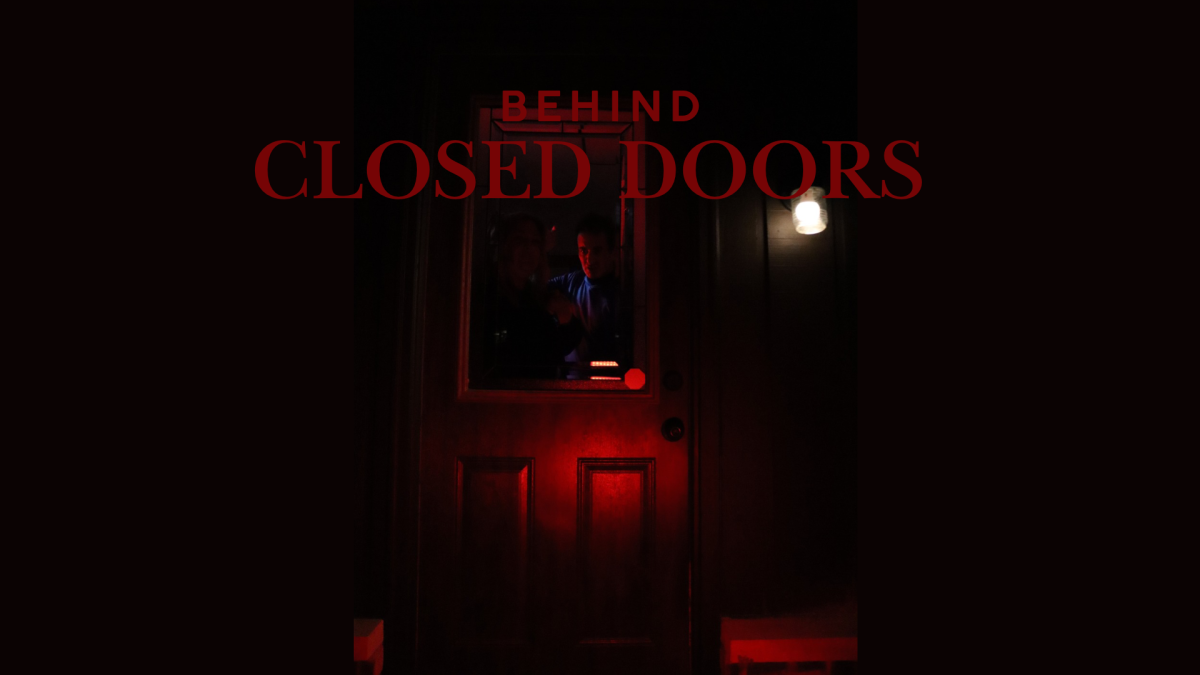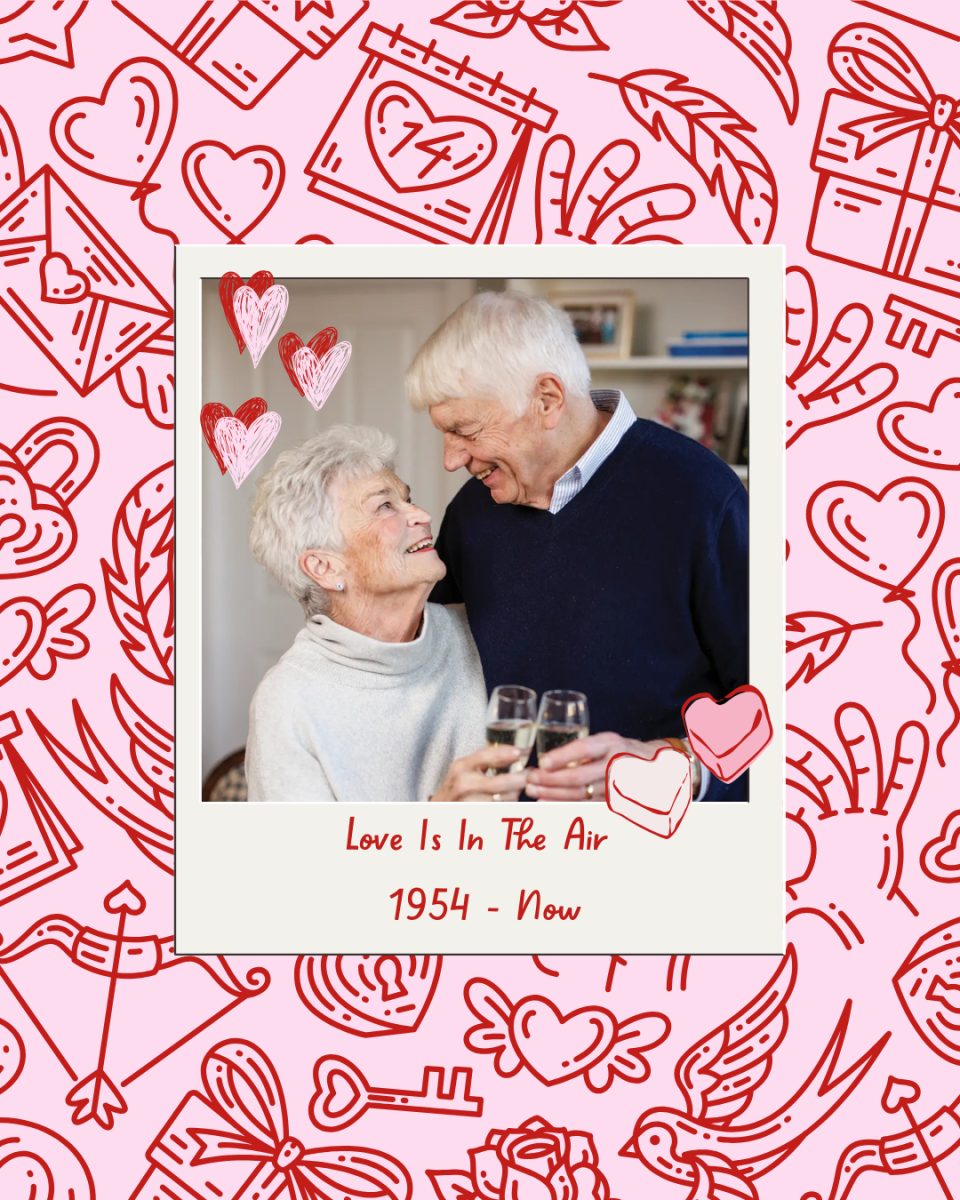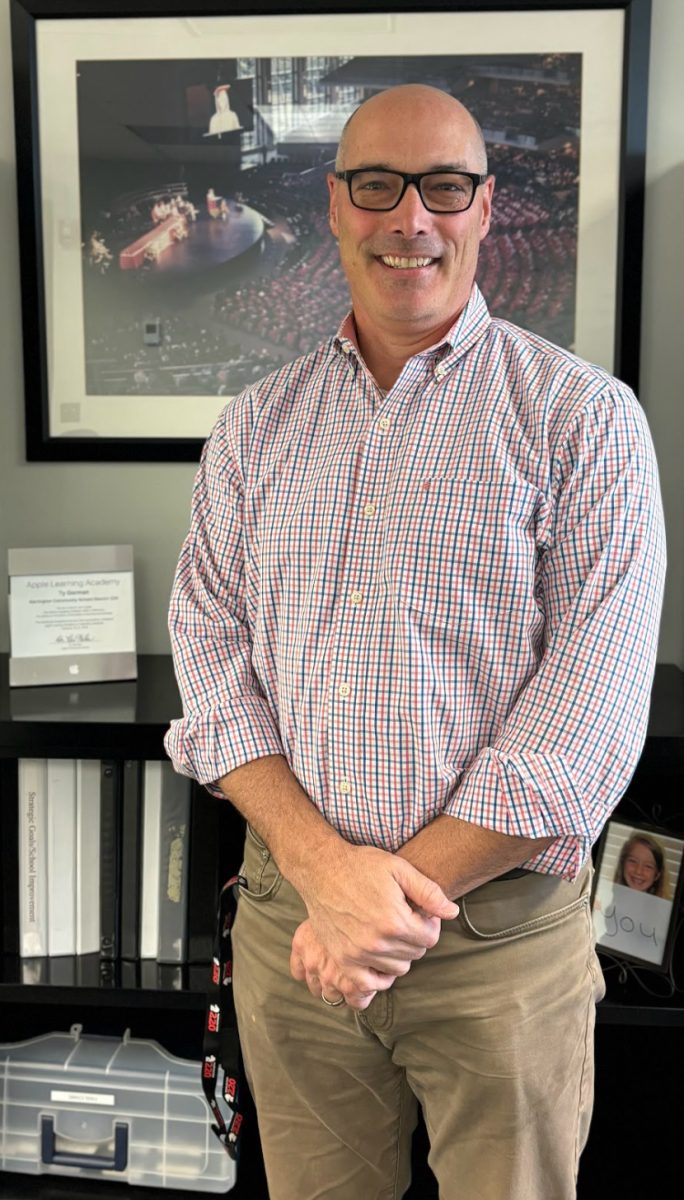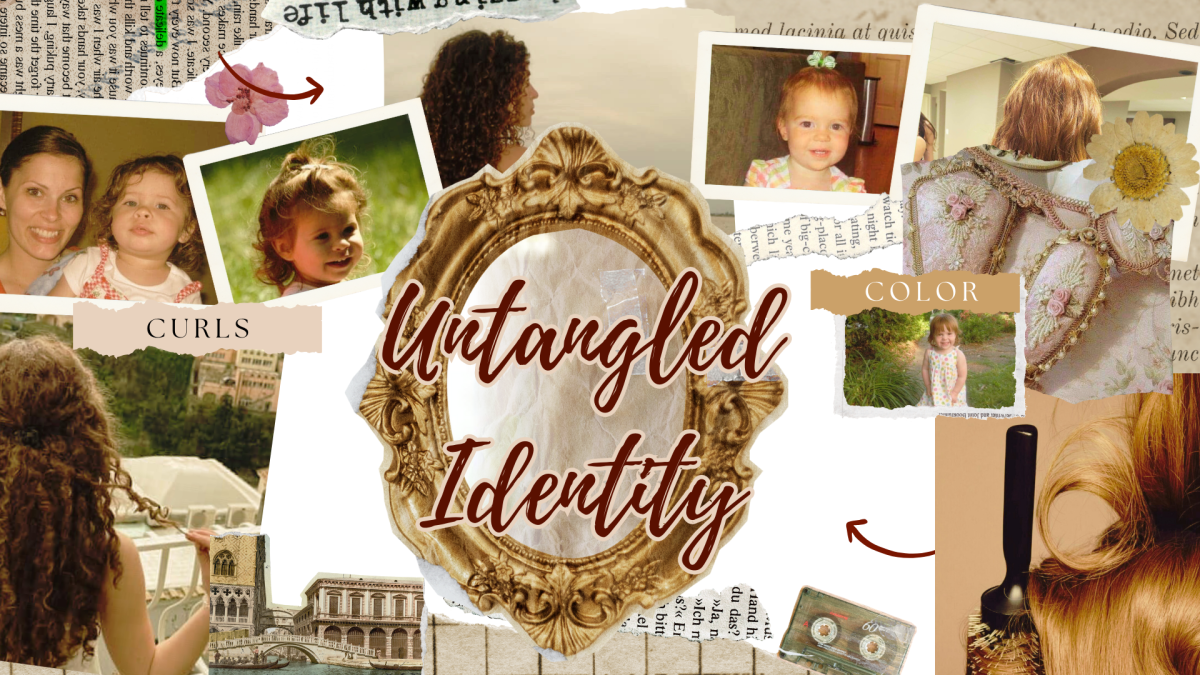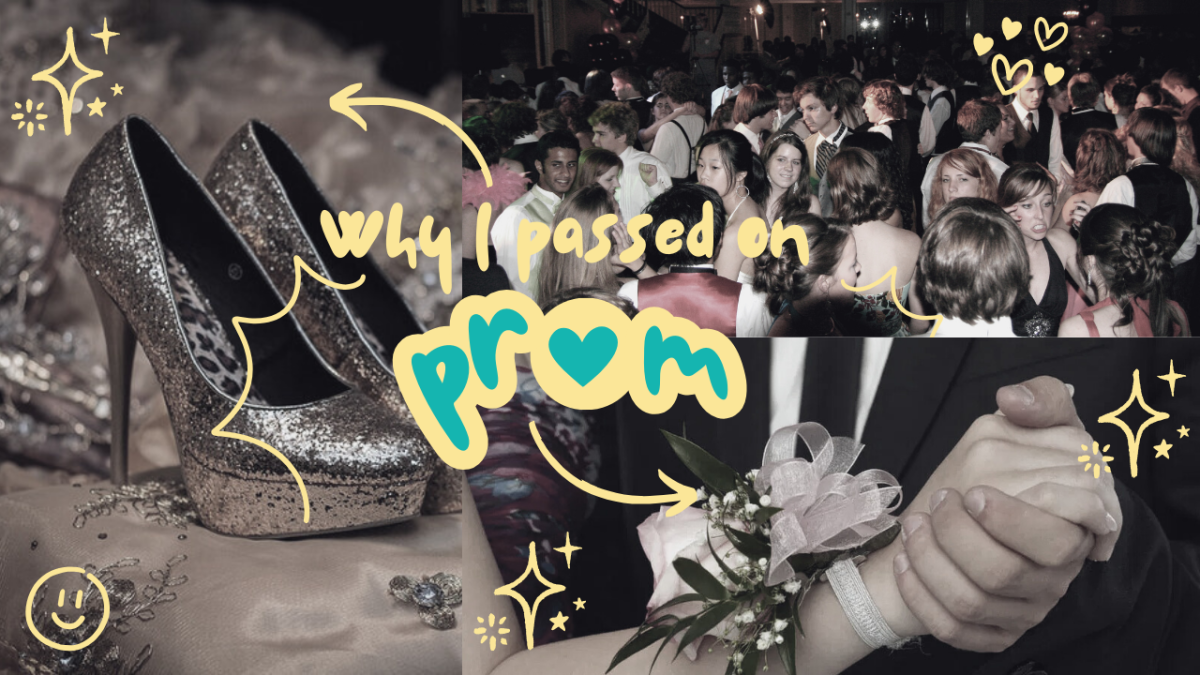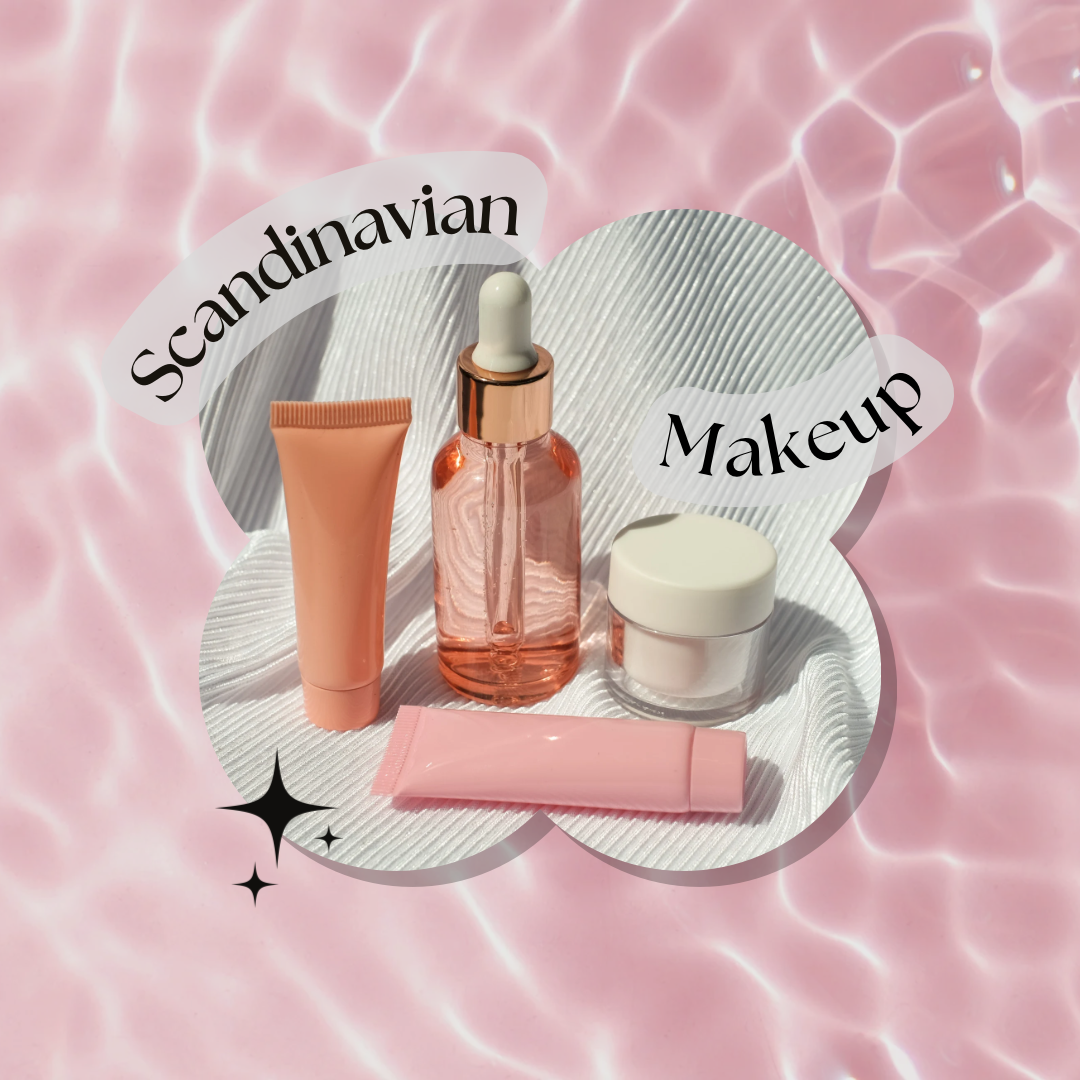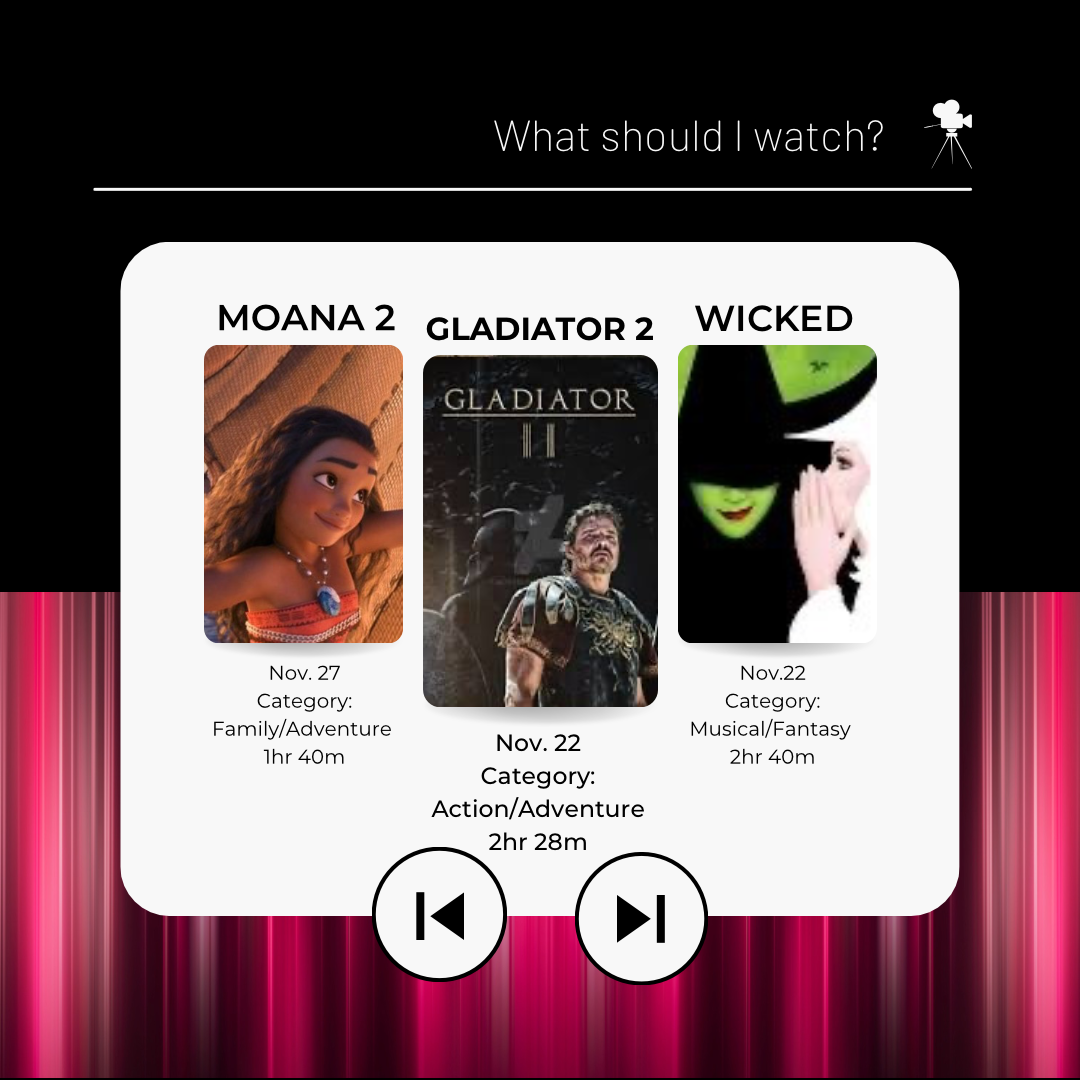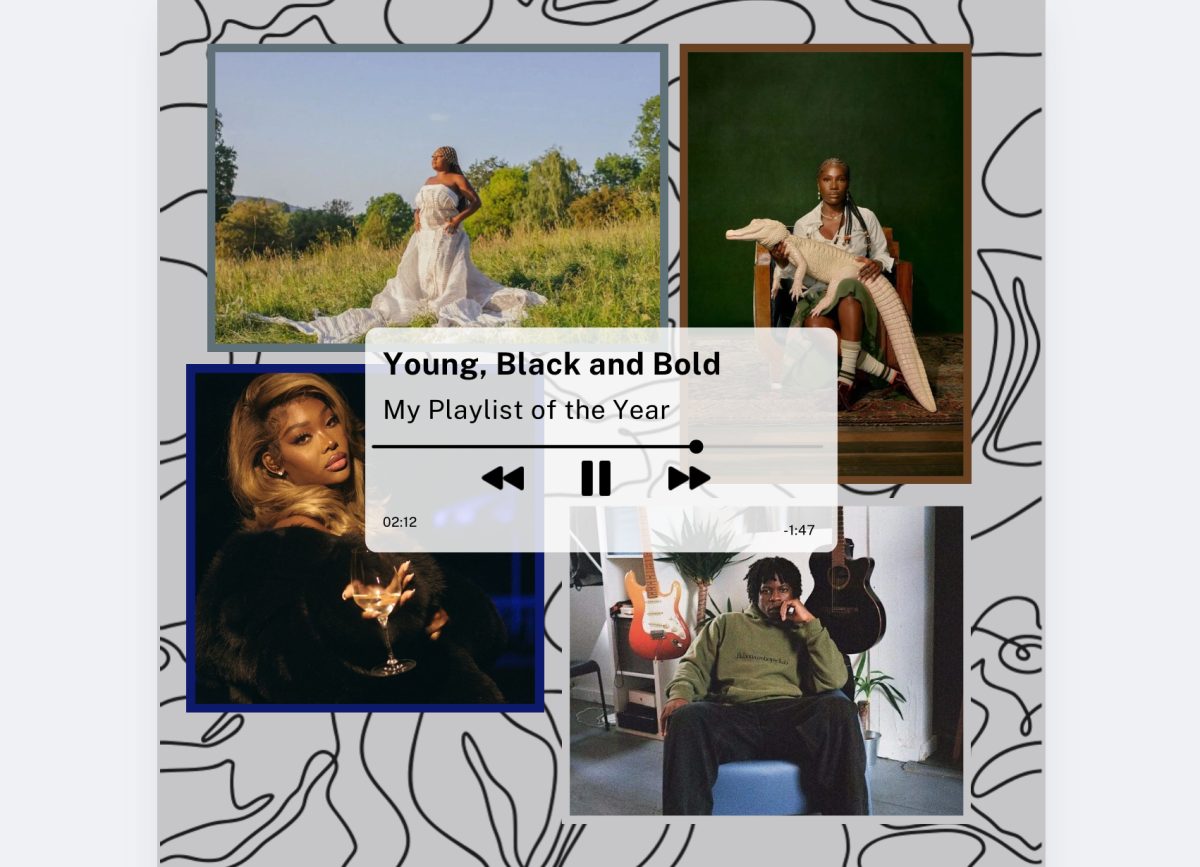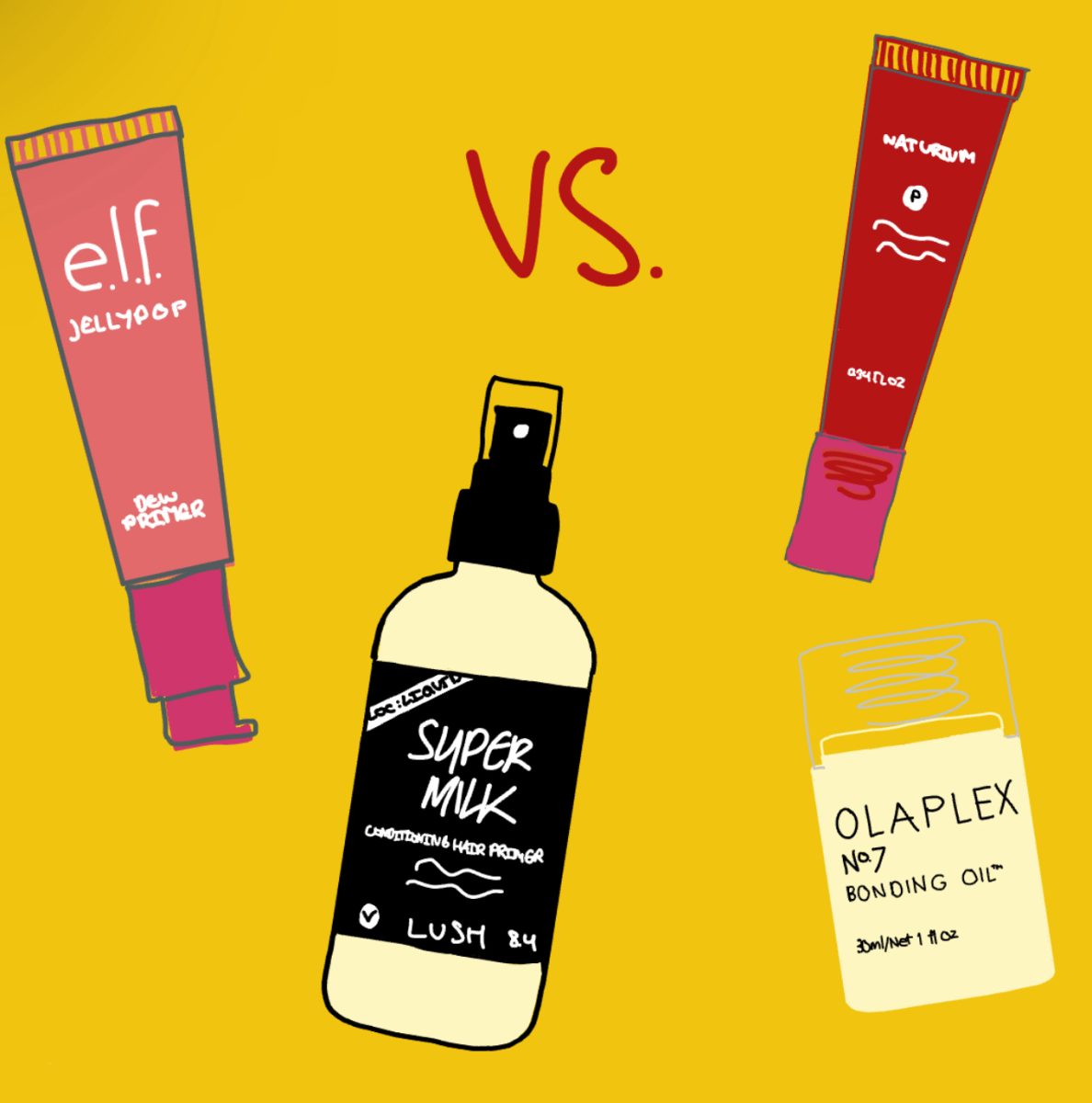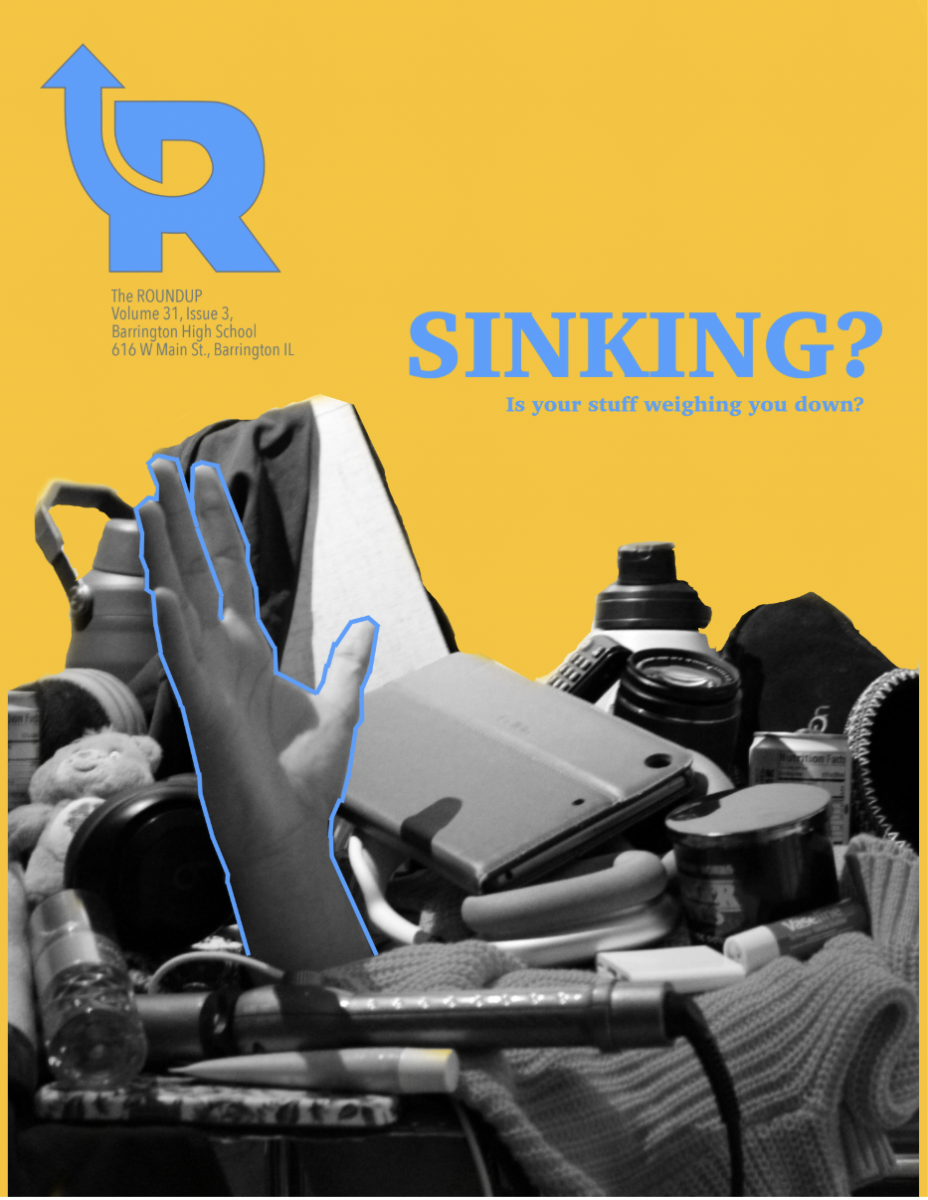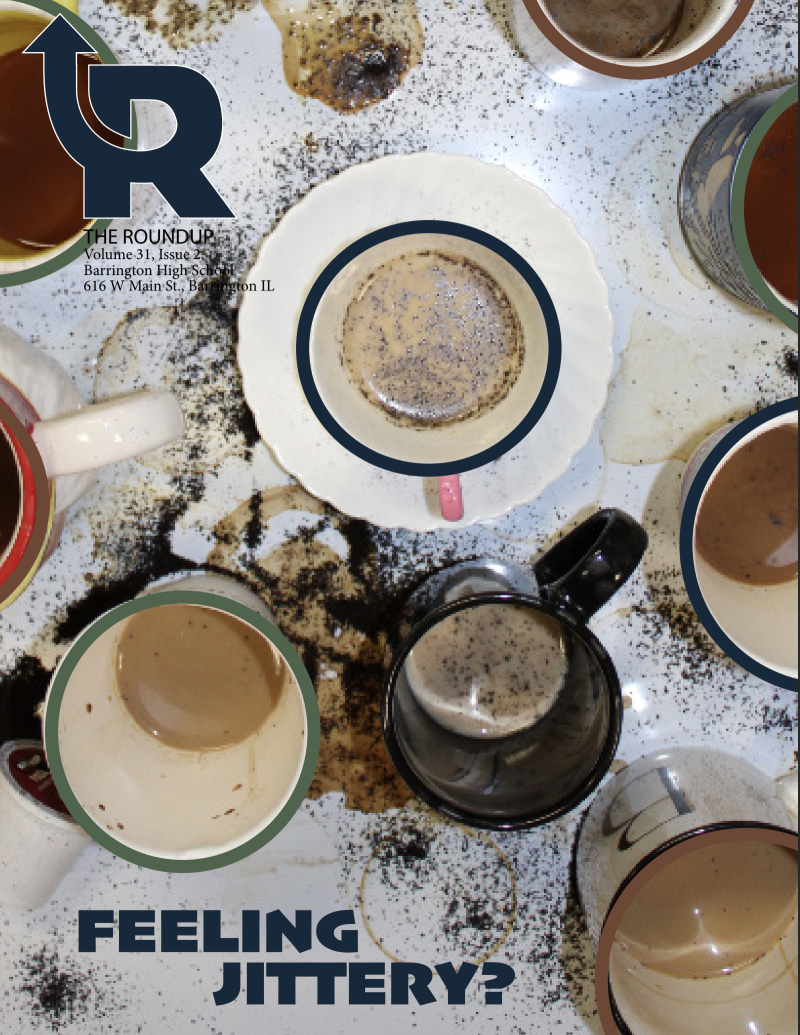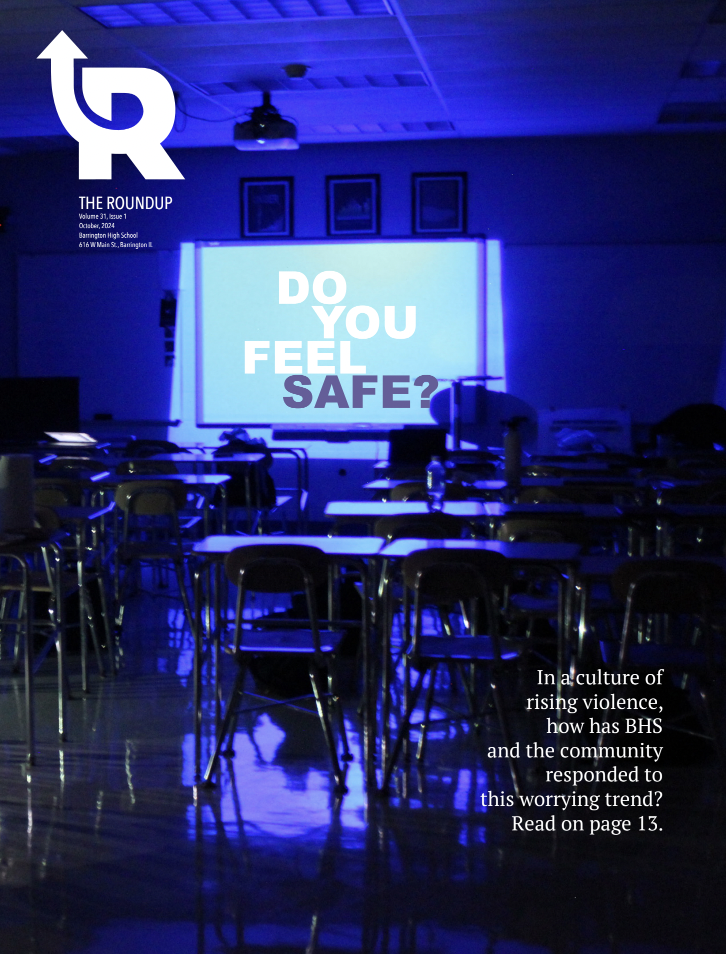Learning to love yourself
I can’t remember a moment in my life when I wasn’t self-conscious about my body. At the age of five, I began practicing ballet. The art requires strength, balance and hard work. It also requires that you stare at your reflection for hours and critique what is there in the mirror. I was told that the only way I would improve was if I began to give myself corrections; however, the mirror quickly became less of a tool and more of an enemy. I would spend my time in class criticizing myself in the mirror, constantly checking my body from different angles. Before long, this heightened body awareness seeped into other areas of my life. I was always cognizant of how my body filled up a space, whether it be a chair, desk, or my own clothes, and no matter my current size, I wished I was smaller.
Over time, I lost sight of what my body actually looked like. I developed a fixation of trying to piece together an idea of my physical appearance. I would check myself in every reflective surface I passed. I would measure areas of my body repeatedly and trace over the bones that would jut out along my torso. My insecurities steamrolled until I took to only wearing baggy clothing because I was so embarrassed of myself. I was so entrenched in what I thought I looked like that I fully saw myself as the image in my head, not realizing that what I saw wasn’t reality.
It wasn’t until years later, when I was looking back at old photos, that I began to realize that the person I saw in the mirror wasn’t the person I actually was. And I wasn’t alone. Body Dysmorphic Disorder is a condition in which a person is fixated on a perceived personal flaw, regardless of whether it’s really there. According to the International OCD Foundation, body dysmorphia affects one in every 50 people, which means that roughly five to 10 million people have the condition in the United States alone.
In a society that is constantly hammering its inhabitants with images of “perfect” bodies, it seems as if no one is immune to the pressure to look a certain way. Social media platforms promote photoshopped or FaceTuned photos to teenagers. Advertisements on the street showcase models that represent a small percentage of the population. These physical ideals have been so ingrained in our world that our parents and friends can also be an enforcer of negative body image, making comments about what you’re eating or how a piece of clothing looks on you. The pressure can be suffocating if you’re caught in the middle of it. However, I’ve learned to be aware of when a cruel thought I have towards myself is just a product of society’s definition of what I should look like, and by doing so, I can change the way I see myself as well.
My body image is cyclical, with personal sentiments towards myself ranging from content to negative. Some days, I am able to go through my life barely conscious of my body. Although thoughts may slip into my mind, they don’t affect me to the extent that I revert back to previous unhealthy behaviors. Other days, I’m not so lucky. Other days, I am consumed by my mental calculator, unable to stop obsessing over food. Other days, I am distracted in ballet by my reflection, disgusted by the way I look. On those days, all I want is to hide myself away in oversized clothing and destroy any progress that I’ve made towards improving my relationship with myself.
Self-love isn’t linear. It isn’t consistent. The way you feel about yourself can change within minutes. Whether someone takes an unflattering picture of you, or you don’t fit into a pair of jeans that fit perfectly a week ago, the littlest problem can spiral into a catastrophe. In those moments, I’ve learned how to lift myself out, little anchors of love that ground me. For example, surrounding myself with people who are unconditionally themselves and supportive helps clear my head of some of the negativity. Reminding myself that there are other qualities about myself that are worth loving that are not my body gives me purpose. I’ve found ways to help myself feel better, reminders or affirmations that work for me. But, what works for me won’t necessarily work for someone else. Everyone’s issues or perceptions stem from different sources, and it takes time and self-discovery to learn what that is for you. Look for your anchors of love. Know what they are. Keep them close so you can grab a hold when you see the catastrophe coming.
The way you feel about yourself can be so definite, so restricting, that the hardest part of trying to get better is to first realize that your thoughts aren’t your reality. It’s possible to love yourself. It’s possible to look in a mirror and not automatically pick yourself apart. It can be so easy to continue to beat yourself up when all you want to do is find a way to be at peace, but try to break the cycle. The most liberating act you can do for yourself is to give yourself permission to exist just as you are. There’s no better Valentine to yourself.
Your donation will support the student journalists at Barrington High School! Your contribution will allow us to produce our publication and cover our annual website hosting costs.












